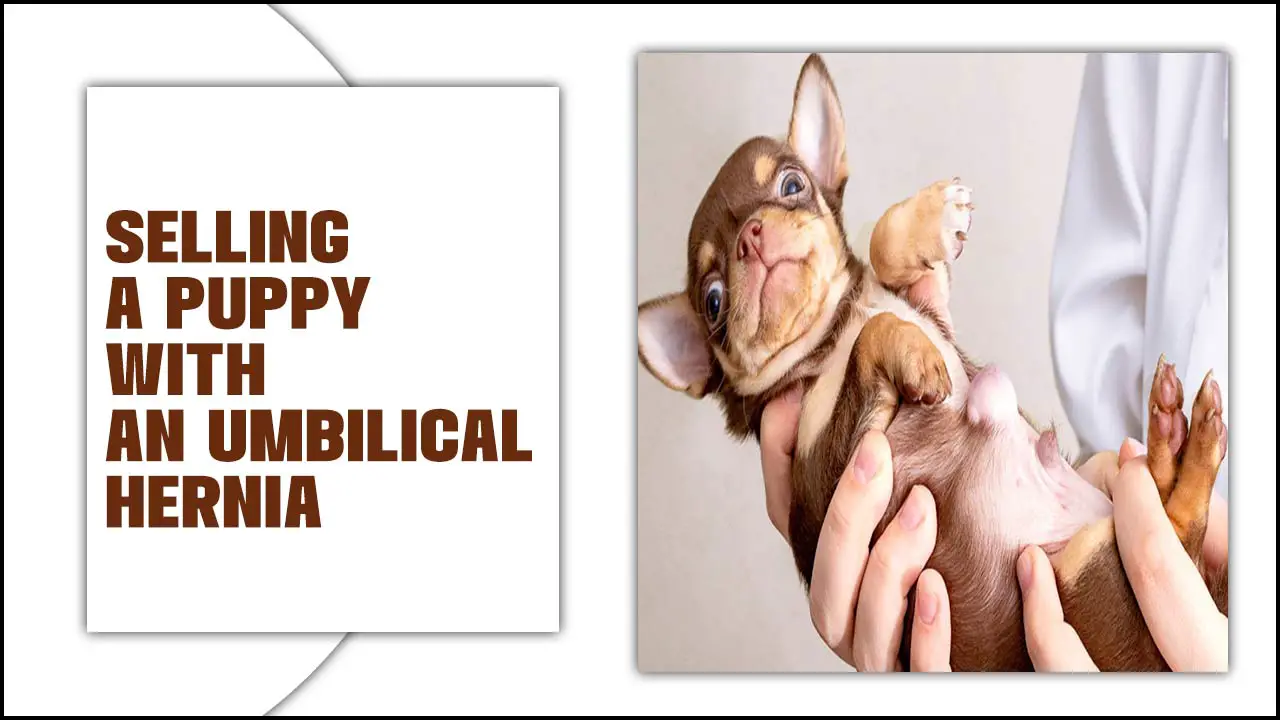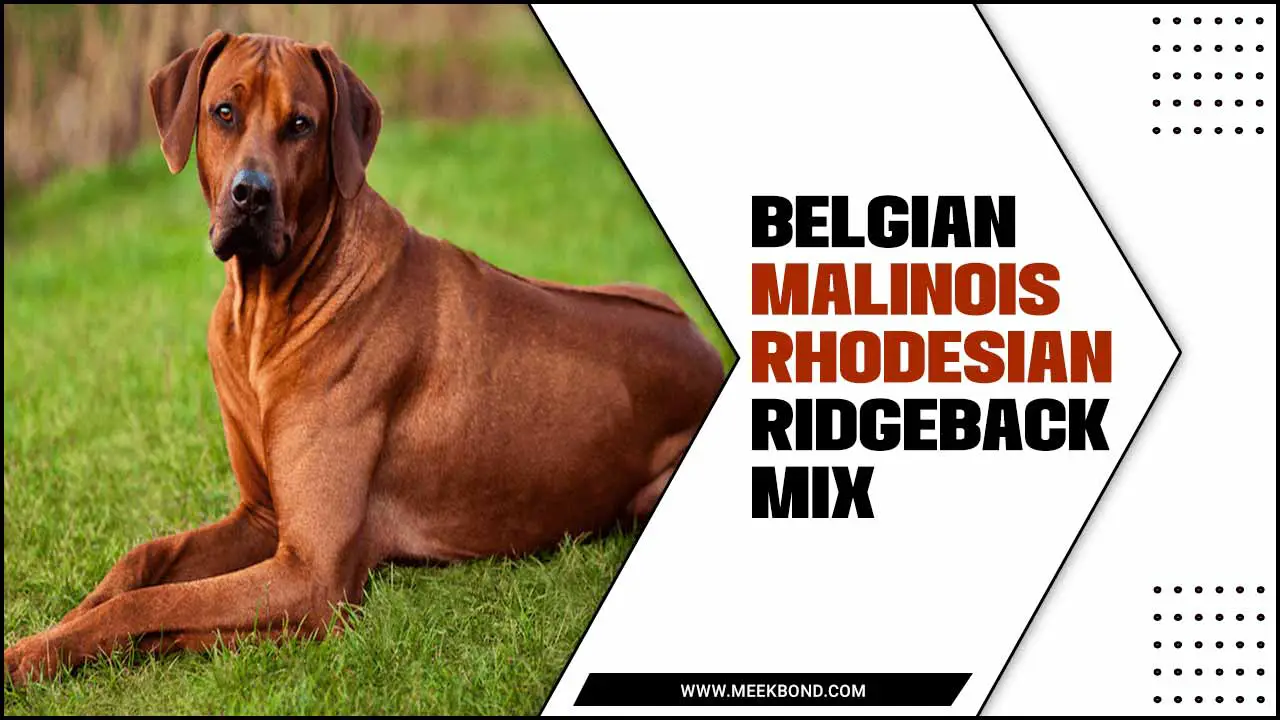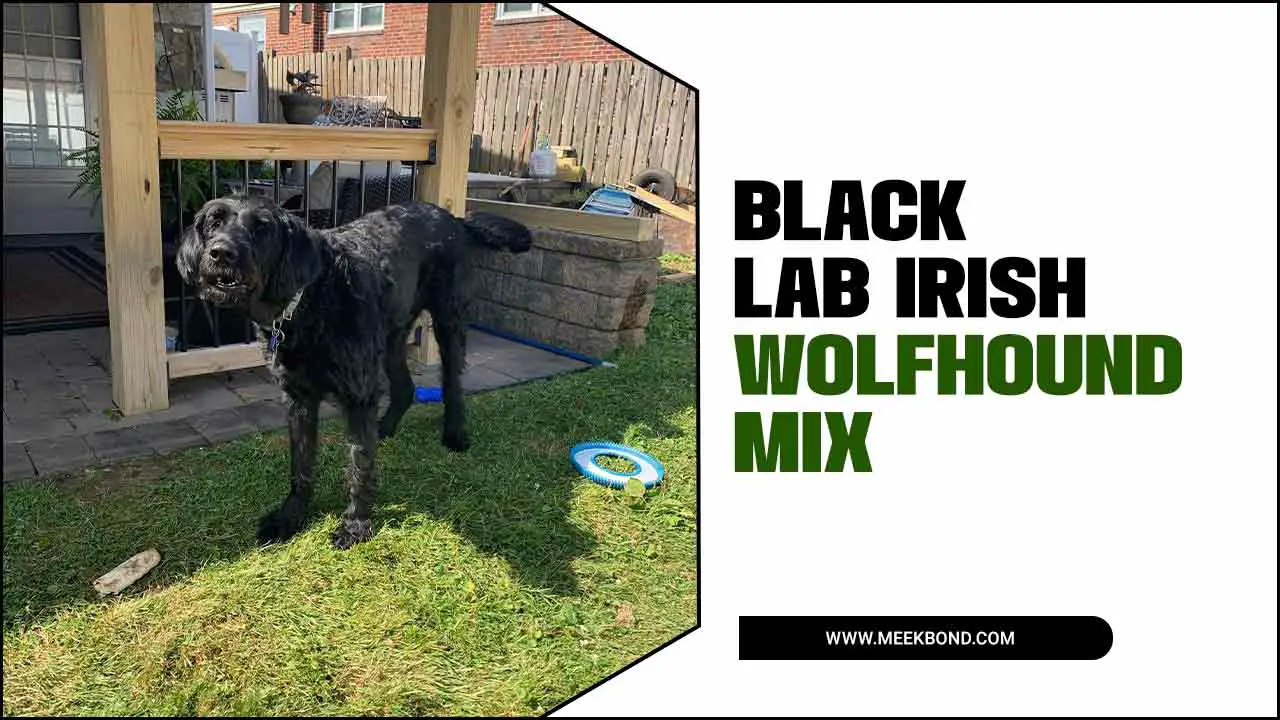Jack Russell terriers are one of the most popular dog breeds in the world, known for their energetic personalities and affectionate nature. However, their distinctive tail can be a cause for concern among pet owners.
Whether your Jack Russell has a short or long tail, it is important to know how to properly care for their tail to ensure their health and happiness. Here we will explore everything you need to know about caring for a Jack Russell with tail.
Also, explore 10 Surprising Facts about Jack Russell. From understanding the anatomy of their tail to managing potential health issues, we will provide you with practical tips and advice that will help you keep your furry friend happy and healthy.

About Jack Russell Breed
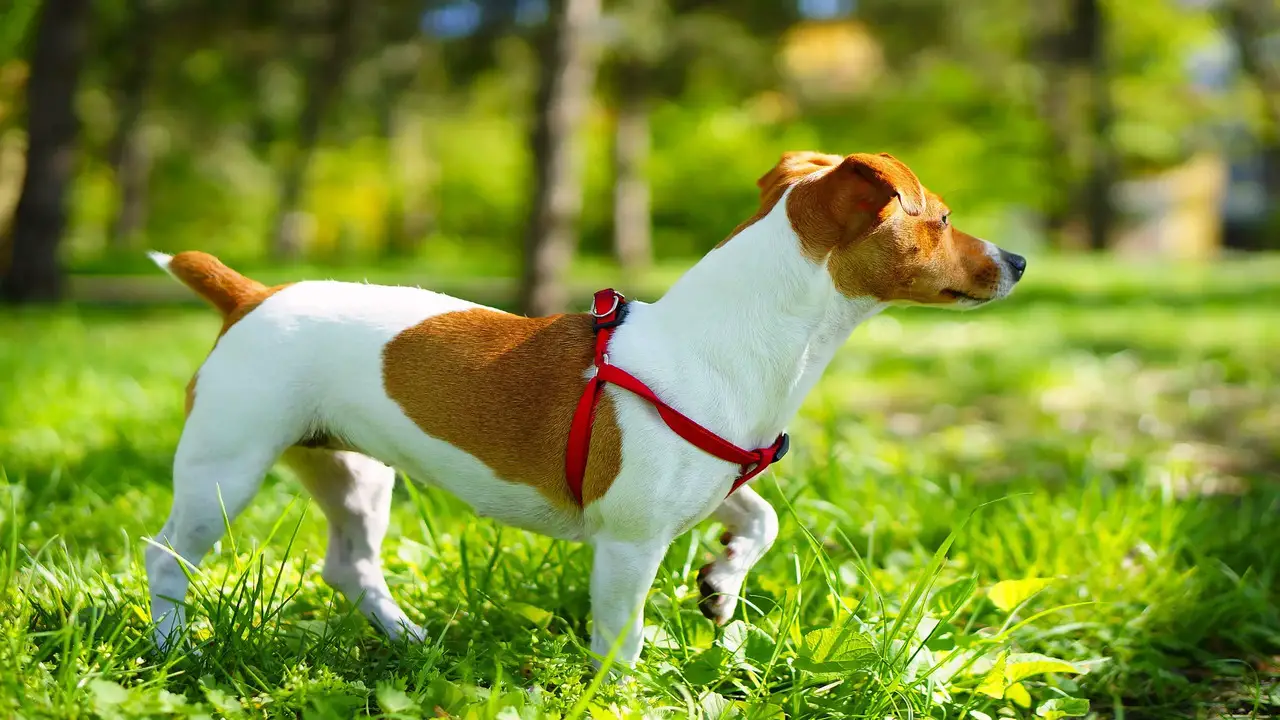
A jack Russell with a natural tail is a dog without tail docking surgery. The natural tail length can vary in jack Russells and is determined by breed genetics. Unlike docked tails, jack russells with natural tails do not require any special care. Choosing a jack russell with a natural tail is a personal preference for some dog owners.
It’s important to note that jack Russells with natural tails are still recognized as conforming to the breed standard. When considering a jack russell with a tail, it’s essential to understand that the dog’s tail is made up of cartilage and nerve endings, so it’s important to be mindful of their tail’s well-being to prevent potential dog pain.
Characteristics Of Jack-Russell With Tail
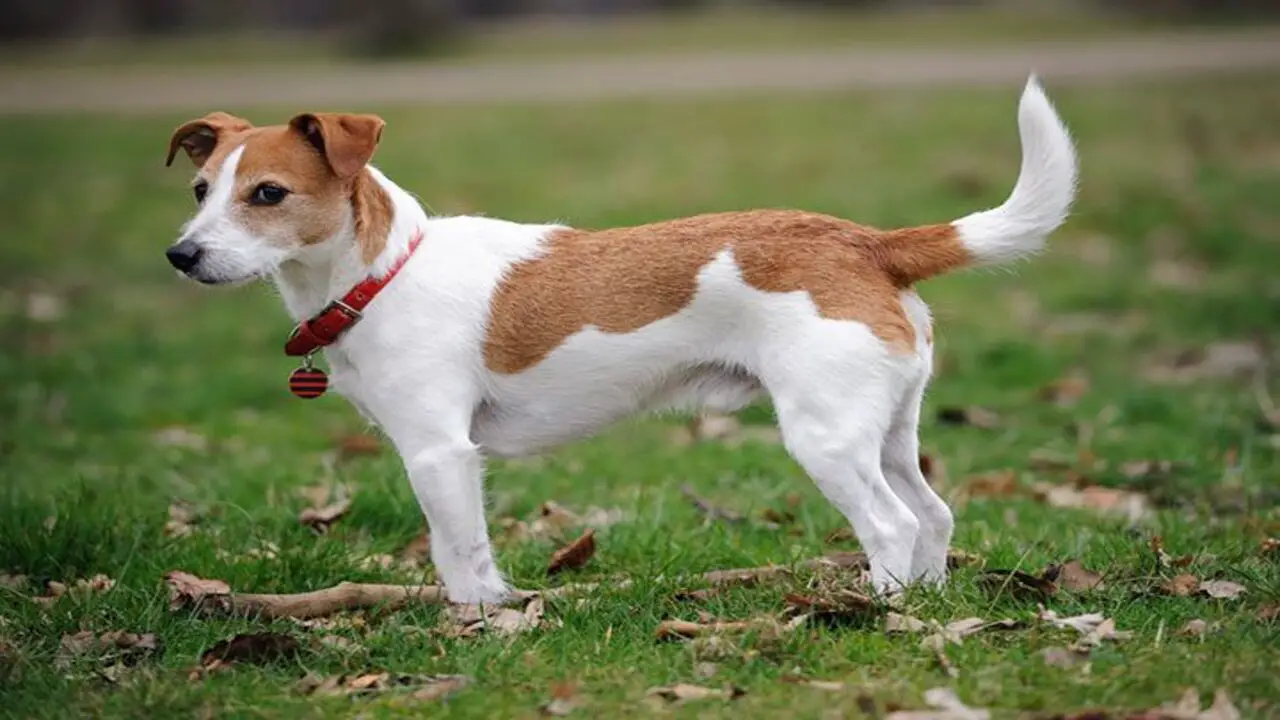
A jack Russell with a natural tail can display various tail carriages and movements, adding to its overall appearance and charm. These natural-tailed jack Russells may have a longer and more expressive tail than those with docked tails. However, it is important to note that some jack Russells with natural tails may have a higher incidence of tail injuries.
Responsible breeding practices can help ensure the health and well-being of the jack russell terrier’s tail. By prioritizing the welfare of these pups, jet owners can minimize the risk of potential tail issues like dog pain or cartilage damage. Providing proper care and attention to the dogs’ tails is essential, as they are integral to their physical and emotional well-being.
- Weight Range:
- Male: 13-17 lbs.
- Female: 13-17 lbs.
- Height at Withers:
- Male: 14
- Female: 13
- Expectations:
- Exercise Requirements: 40 minutes/day
- Energy Level: Very energetic
- Longevity Range: 13-15 yrs.
- Tendency to Drool: Low Tendency to Snore: Low
- Tendency to Dig: High Social/Attention Needs: Moderate
- Bred For:
- Fox hunting
- Coat:
- Length: Short
- Characteristics: Double coat, flat, hard coat
- Colors: White, white with black or tan markings
- Overall Grooming Needs: Low
10 Surprising Facts About Jack Russell With Tails
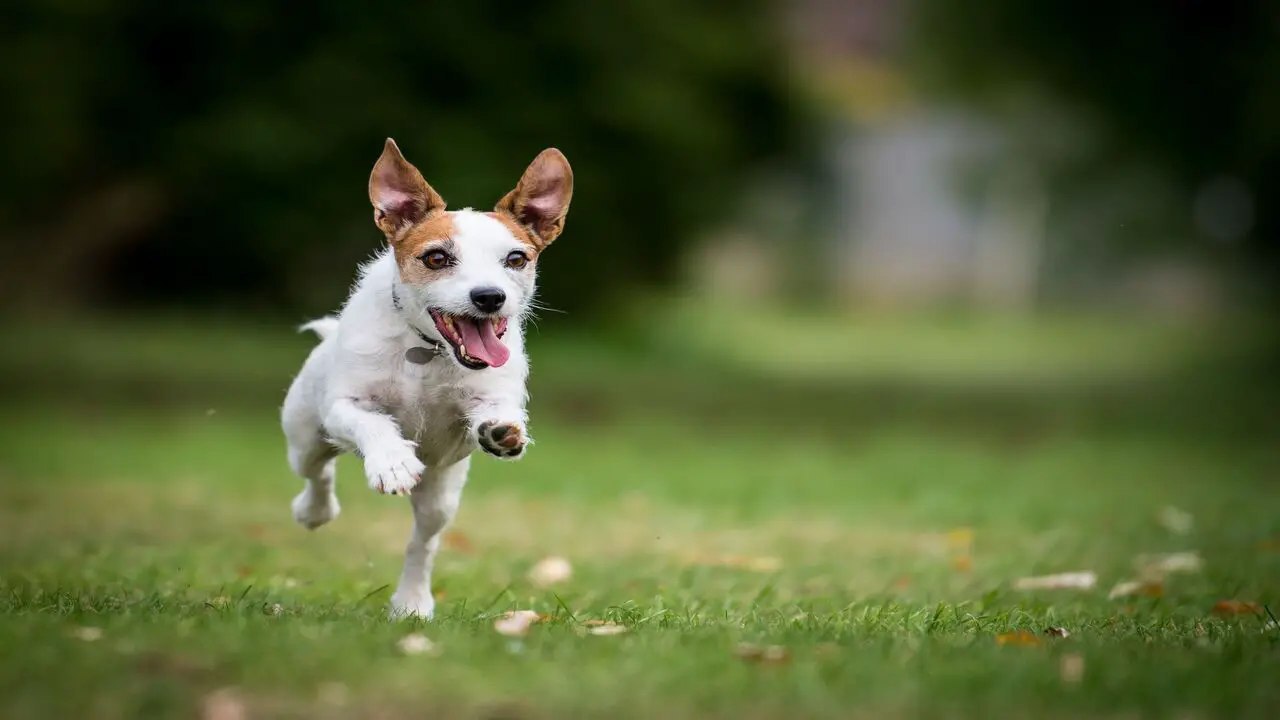
The Jack Russell Terrier is a beloved breed of dog known for its playful nature and high energy levels. Historically, the breed was developed in England in the 19th century for fox hunting, and it has since become a popular choice for families and individuals looking for an active and affectionate companion.
- Jack Russell Terriers are typically known for their docked tails, but some individuals can be born with naturally long tails.
- The presence of a tail does not affect the breed’s energetic and lively personality.
- Jack Russell Terriers with tails may have an advantage in terms of communication, as they can use their tail to express emotions and intentions more clearly.
- Having a tail does not make a Jack Russell Terrier any less of a purebred or affect their eligibility for dog shows or competitions.
- Tails on Jack Russell Terriers can vary in length and thickness, just like their coat patterns and colors.
- Some owners prefer Jack Russell Terriers with tails as they believe it adds character and uniqueness to their appearance.
- Tails on Jack Russell Terriers require regular grooming and care, such as brushing and occasional trimming.
- Unlike traditionally docked tails, which are removed shortly after birth, natural tails on Jack Russell Terriers are fully intact from birth.
- The decision to leave a Jack Russell Terrier’s tail intact is a personal choice made by the breeder or owner based on individual preferences and local regulations.
- Regardless of whether they have a tail or not, Jack Russell Terriers are known for their intelligence, agility, and boundless energy.
How To Care For A Jack Russell Terrier
Establishing a safe environment for your Jack Russell terrier (JRT) is crucial to their well-being. By removing potential hazards such as toxic plants or harmful objects, you can prevent accidents and ensure a secure space for your furry companion. Regular exercise and playtime are essential for keeping your JRT physically active and mentally stimulated.
This will help prevent behavior issues and promote a healthy lifestyle. Proper nutrition and hydration are vital to support your JRT’s overall health. Ensure you always provide them with a balanced diet and access to fresh water.
Regular grooming and cleaning will help maintain good hygiene for your JRT. This includes brushing their coat, cleaning their ears, and trimming their nails. Training and socializing your JRT will promote good behavior and positive interaction with others. By teaching them basic commands and exposing them to different environments, you can help them become well-adjusted and confident dogs.
Creating A Safe Environment For Your Jack-Russell With Tail

To ensure the safety and well-being of your Jack Russell with a tail, it’s important to create a safe environment for them. Start by eliminating potential hazards, such as sharp objects or toxic substances that could harm your furry friend. Secure your home or yard to prevent your JRT from escaping or getting injured.
Providing a designated space for your Jack Russell to rest and relax is also crucial. This gives them a sense of security and a place they can call their own. Consider using pet gates or barriers to restrict access to certain areas if needed, especially if you have other pets or children in the household. Lastly, always supervise interactions between your JRT and other pets or children to ensure everyone’s safety.
Regular Exercise And Playtime
To ensure the well-being of your Jack Russell with a tail, regular exercise and playtime are essential. Engage in daily walks or runs with your JRT to fulfill their exercise needs. This keeps them physically fit and provides mental stimulation as they explore different environments. Provide puzzle toys or engage in obedience training sessions to challenge them mentally.
Setting aside dedicated time for interactive play sessions with your JRT is important for their happiness and well-being. Incorporating agility exercises can keep them physically challenged and prevent boredom. Remember, a stimulated dog is a happy dog. So, explore various activities and environments to keep your Jack Russell’s tail wagging.
Proper Nutrition And Hydration
Choosing the right nutrition and ensuring proper hydration is essential for the overall health and well-being of your Jack Russell with a tail. Start by selecting a high-quality dog food that meets the specific nutritional needs of your JRT. Consider their age, weight, and activity level when following feeding guidelines.
Always providing fresh water is crucial to keep your JRT properly hydrated. Avoid feeding them table scraps or foods that can be harmful to dogs. It’s important to monitor your JRT’s weight and make any necessary adjustments to their diet. Focusing on proper nutrition and hydration ensures that your JRT with a tail remains healthy and happy.
Maintaining Good Hygiene
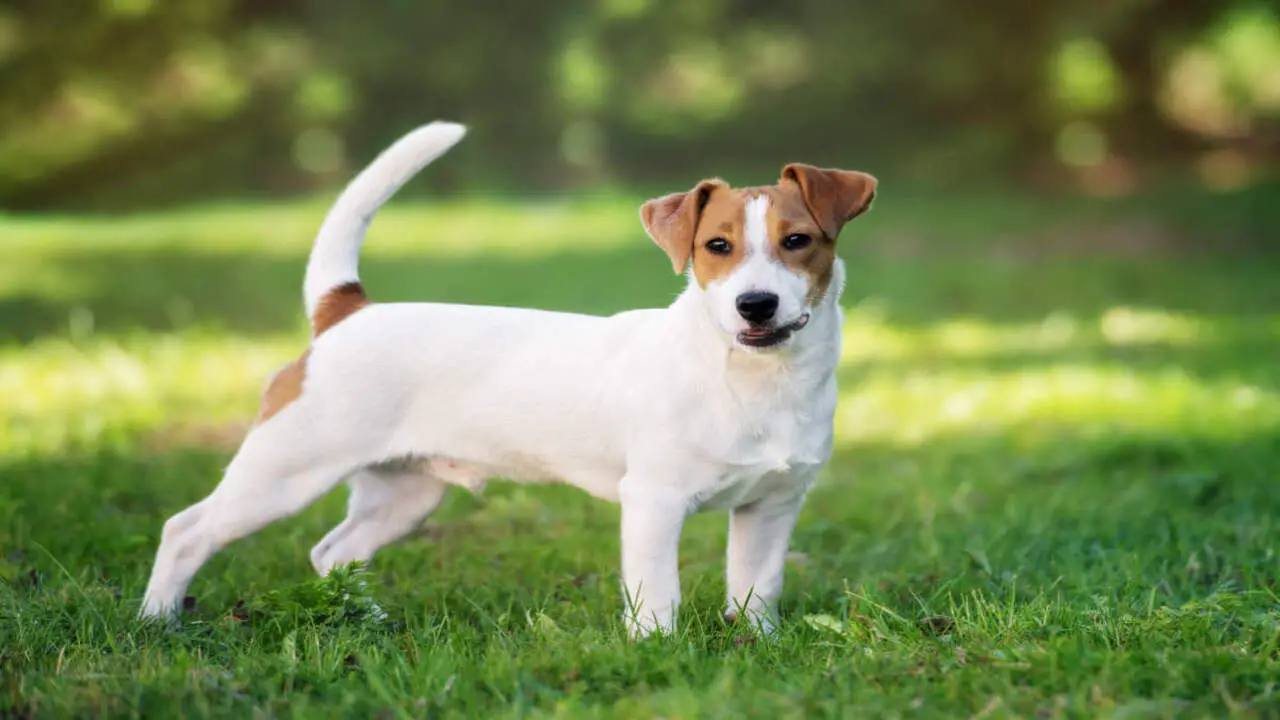
Several key hygiene practices must be followed to ensure that your Jack Russell Terrier’s tail remains healthy and clean. Regularly brushing your JRT’s coat will prevent matting and help remove loose hair, keeping the coat in optimal condition. It’s crucial to clean your JRT’s ears on a regular basis to prevent infections, which can be common in dogs with long tails.
Additionally, brushing your JRT’s teeth and scheduling regular dental check-ups will help maintain oral hygiene and overall health. Trimming your JRT’s nails is essential to prevent overgrowth and discomfort. Finally, remember to bathe your JRT as needed using dog-friendly shampoo and products, ensuring they stay fresh and clean. Following these simple steps, you can help keep your Jack-Russell with tail happy, healthy, and looking their best.
Training And Socialization
Training and socialization are crucial to caring for a Jack Russell with a tail. It is recommended to start training your JRT from a young age using positive reinforcement techniques. This will help them learn basic commands such as sit, stay, and come. Additionally, socializing your JRT with other dogs, people, and environments is essential to ensure they are comfortable and well-behaved in various situations.
If any behavioral issues arise, it’s important to address them promptly through consistent training methods. Enrolling your JRT in obedience classes can provide additional guidance and support in your training journey. Training and socialization help your JRT become a well-rounded companion and contribute to their overall happiness and well-being.
Regular Check-Ups And Veterinary Care
One important aspect of caring for a Jack Russell with a tail is to schedule regular check-ups with a licensed veterinarian. These check-ups are essential for keeping your JRT’s overall health in check and addressing any concerns promptly. It is also crucial to keep their vaccinations and preventive medications up to date to ensure their well-being.
When you visit the vet, discuss specific care needs related to your JRT’s tail. The tail of a Jack Russell Terrier is an important part of its anatomy, and it is essential to understand how to care for it properly. If you notice any changes in your JRT’s behavior or health, it is advisable to seek veterinary advice as soon as possible.
Grooming And Brushing

Regular grooming and brushing are essential for keeping your Jack Russell Terrier’s coat healthy and looking its best. By brushing your JRT coat regularly, you can remove loose hair and prevent tangles from forming. Using appropriate grooming tools suitable for your JRT’s specific coat type is important.
During the grooming process, make sure to check your JRT’s tail for any signs of irritation or injury. Keeping the hair around their tail trimmed will help keep it clean and prevent matting. If you’re uncertain how to groom your JRT properly or if your dog has particularly long hair on their tail, it may be beneficial to seek professional grooming assistance.
They can guide you and ensure your JRT’s tail is well cared for. Remember, caring for your JRT’s tail is as important as caring for the rest of their body. You can contribute to your furry friend’s overall well-being and comfort by giving proper attention to grooming and brushing.
Providing Adequate Rest And Sleep
To ensure that your Jack-Russell with tail is well-rested and gets enough sleep. It’s important to create a comfortable and quiet space for them to relax. Provide a suitable bed or crate where they can feel safe and secure. A consistent sleep schedule will help regulate their internal clock and promote better sleep.
It’s also important to avoid disturbing their sleep unless necessary, as interruptions can disrupt their restful state. Observe their sleeping patterns and adjust their environment, such as adding extra blankets or adjusting the temperature. Providing adequate rest and sleep helps your Jack-Russell with tail maintain good health and overall well-being.
Using Tail Splints And Braces
Consulting with a veterinarian is crucial when considering tail splints or braces for your Jack Russell Terrier (JRT). These devices can support a weak or injured tail, aiding healing. Following the vet’s instructions for properly fitting and utilizing the splints or braces is important.
Regularly checking the device’s condition is essential, making any necessary adjustments as needed. Monitoring your JRT’s comfort level is also important, and if any issues arise, consulting with the vet is recommended. Using tail splints or braces can help ensure the proper care and well-being of your JRT’s tail.
Implementing Preventative Measures For Tail Injuries
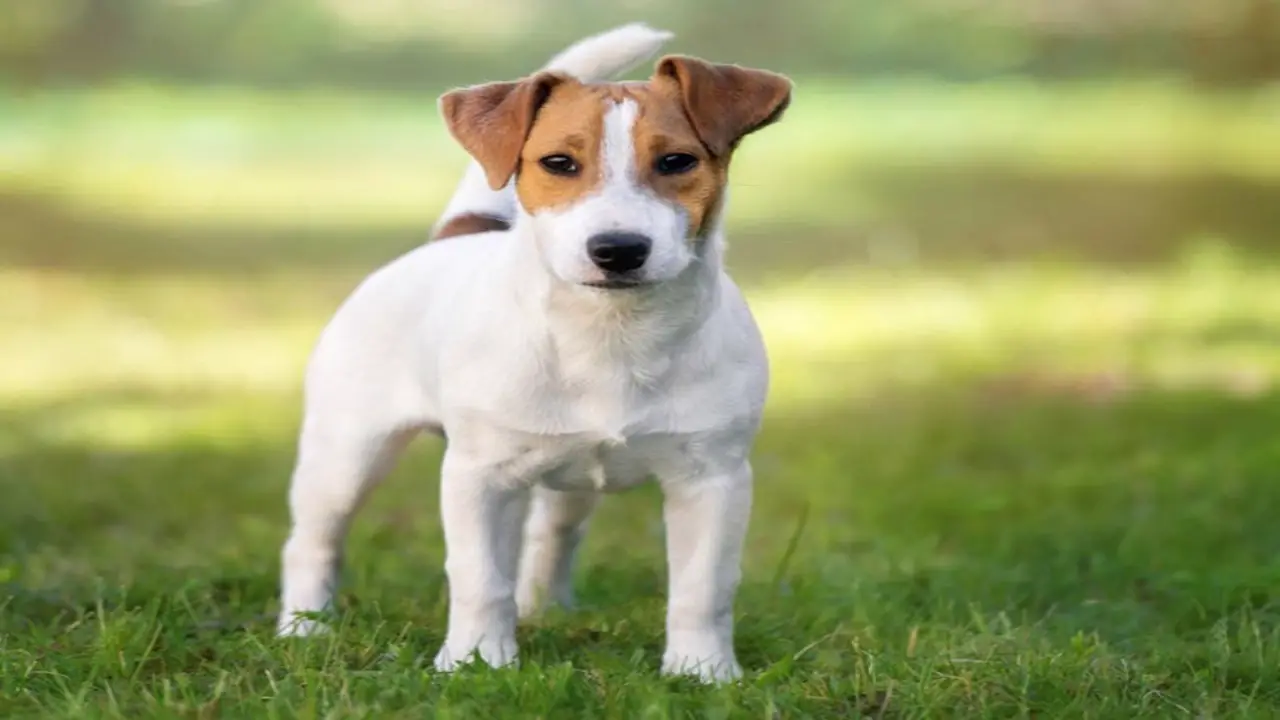
To ensure the well-being of your jack-russell with a tail, it is essential to implement preventative measures for tail injuries. Regularly checking your dog’s tail for any signs of injury or discomfort is crucial. Doing so lets you catch any issues early on and seek appropriate treatment.
Providing a safe and secure environment is also important to minimize the risk of tail injuries. Ensuring that your Jack Russell terrier’s tail is not at risk of being trapped, caught, or stepped on can significantly reduce the chances of injury. Consulting with a licensed veterinarian can provide valuable guidance on tail care and injury prevention specific to your dog’s needs.
Educating yourself on handling and interacting with your Jack Russell’s tail is another way to prevent injuries. Protective measures such as tail guards or wraps can further safeguard your dog’s tail from potential harm. By proactively implementing these preventative measures, you can help keep your Jack Russell’s tail safe and healthy.
Conclusion
To ensure the well-being of your Jack Russell with a tail, it is essential to provide them with a safe and nurturing environment. Regular exercise and playtime will help keep them physically and mentally stimulated. Maintaining a balanced diet and proper hydration is crucial for their overall health. Good hygiene practices, such as regular grooming and brushing, will help keep their coat and skin in good condition.
Training and socialization will contribute to their behavioral development, while regular check-ups and veterinary care will monitor their health. Implementing preventative measures and using tail splints and braces can help protect their tail from injuries. We have provided bulk information for jack russell with Tail and hope our information was helpful from your perspective.
Frequently Asked Questions
Why Do Jack Russells Have Their Tails Docked?
The practice of docking Jack Russell’s tails originated from their hunting background, where it was believed to prevent injuries. However, tail docking is now illegal in many countries. Some breeders still choose to dock for cosmetic reasons or breed standards. Proper care is crucial to avoid health issues if you have a Jack Russell with a docked tail.
How Can You Tell If A Jack Russell Is Purebred?
bTo determine if a Jack Russell is purebred, look for physical traits specific to the breed, such as a compact body and distinctive coloring. Research the dog’s lineage or consider a DNA test for confirmation. Official documentation from a reputable breeder or kennel club is the most reliable proof of purebred status.
What Are The 3 Types Of Jack Russells?
While there are no officially recognized Jack Russell types, they have different coat types. The three main coat types are smooth, broken, and rough. Smooth-coated Jack Russells have short, dense fur, while broken-coated ones have a mix of short and long hair. Rough-coated Jack Russells have longer hair all over their body.
How Long Are Jack Russell Terrier’s Tails?
The length of a Jack Russell Terrier’s tail typically ranges from 4 to 6 inches. It’s important to regularly clean and inspect the tail for any signs of injury or infection. Avoid pulling or twisting the tail, as it can cause discomfort or pain for your dog. If you have any concerns, consult with a veterinarian.
What Is The Best Age For A Jack Russell Terrier’s Tail To Be Docked?
The best age to dock a Jack Russell Terrier’s tail is typically 2-5 days old. However, it’s important to note that tail docking is personal and unnecessary for the dog’s health. If you choose to dock, ensure a licensed veterinarian does it with proper anesthesia and pain management. Alternatives like leaving the tail intact or partial docking are also worth considering.

Aquarium passion is all about connecting with the aquatic life and providing education to the public on the importance of these creatures. We showcase a wide variety of marine life through our exhibits as well as working with schools to provide unique learning opportunities for students of all ages.

